Did you know that some cats can live past 20 years old – making them older, in human years, than most people ever become? If you’ve ever wondered, “ How old is my cat in human years? ,” you’re not alone. Unlike dogs, cat years and human years don’t line up in an obvious way. In this guide, you’ll learn how cat ages compare to ours, how to quickly pinpoint your feline friend’s age in human years, and why it matters for their health and happiness.
Did You Know? Most Cats Surpass the Average Human Year Lifespan
It might surprise you to learn that many indoor cats easily reach 15–20 years of age , far outpacing the average age dogs or even many humans achieve when adjusting for species-specific lifespans. When you translate a cat's age into human years, you’ll see just how much more of “life” most cats experience relative to that simple number on their birthday cake.
In fact, indoor cats enjoy a much higher average lifespan compared to their wild or outdoor cousins. Thanks to advances in veterinary care, better nutrition, and the loving attention of cat owners, it’s now common for feline companions to celebrate birthdays that, in “human year” equivalents, stretch well into the 70s or 80s. That’s why understanding your cat age isn’t just a curiosity—it’s key for proper care at every life stage.
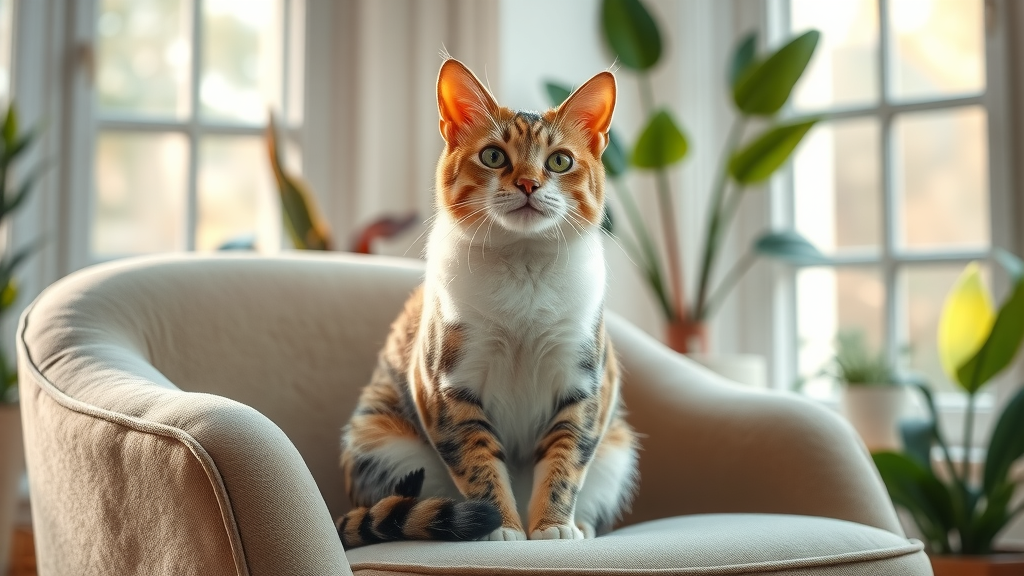
Unlocking How Old is My Cat in Human Years? The Science Behind Cat Years to Human Years
The idea that one cat year equals seven human years is a myth—but the real math is much more interesting. Cats mature rapidly in their first two years, and then their aging slows relative to humans. At about one-year-old, a cat’s development is equivalent to that of a 15-year-old teenager. By their second birthday, most cats are similar to 24-year-old young adults in terms of maturity and health needs.
Scientists and veterinarians use data about cat life expectancy, physical development, and health markers to create a more detailed cat age chart . As your feline friend moves from kittenhood through adulthood and into their golden years, their age in human years reflects changes in metabolism, energy level, and even their risk for certain health issues. Knowing how cat years to human years really works lets you anticipate needs, from nutrition to vet visits and play.
You'll learn:
- How cat years are calculated
- Key life stages for cats and what they mean in human years
- How to use a cat age chart
- Special care considerations as your cat ages
Comparing Cat Year and Human Year: Rethinking the Age in Human Years Formula
It’s tempting to think that every cat year is just seven human years, but cat years and human years follow a different pattern . The first two years of a cat’s life are where most of the “aging” happens—one cat year equals about 15 human years for the first year, then another nine years are added for their second birthday. After this, each cat year tacks on about four human years. So, a 4-year-old cat is roughly equivalent to a 32-year-old person.
Behind this formula is the science of cat life and health. Just as teens mature faster than young children, cats experience an accelerated rate of maturity early on. Unlike humans, though, once cats reach maturity, the difference in their development from one year to the next is less dramatic. Adjusting the way we think about cat year versus human year isn’t just an academic exercise—it’s crucial for understanding their senior needs, especially as they into their early teens (in cat years, that’s mid-60s to mid-70s in human years!).
With this knowledge, you can better gauge when it’s time to adjust your cat’s diet, increase wellness checks, or simply appreciate their experience as a wise senior cat.

Quick Reference: Cat Age Chart to Reveal Your Cat's Age in Human Years
Below, you’ll find a handy cat age chart that helps translate your cat’s years to human years quickly. Use it to spot which life stage your cat is in, and what that means for their behavior and care.
| Cat Age (years) | Equivalent Human Age | Life Stage |
|---|---|---|
| 1 | 15 | Kitten/Adolescent |
| 2 | 24 | Young Adult |
| 3 | 28 | Mature |
| 6 | 40 | Middle Age |
| 10 | 56 | Senior |
| 15 | 76 | Geriatric |
| 20 | 96 | Oldest Age Range |
Exploring Cat Life Stages: Milestones and Cat Years to Human Years Transitions
Every cat goes through a series of life stages , and each phase comes with its own milestones. Understanding these stages helps you match your cat’s physical age with its mental and emotional needs. From the first playful pounce as a kitten to the gentle naps of a senior, cats transition through four main stages in their life.
The life stage breakdown is as follows:
- Kitten: 0-1 year
- Young Adult: 1-2 years
- Mature Adult: 3-6 years
- Senior: 7+ years
As cats age, especially into senior status, subtle health issues may appear, such as reduced activity or altered eating habits. Being aware of where your cat is in human years lets you stay a step ahead with preventive care.
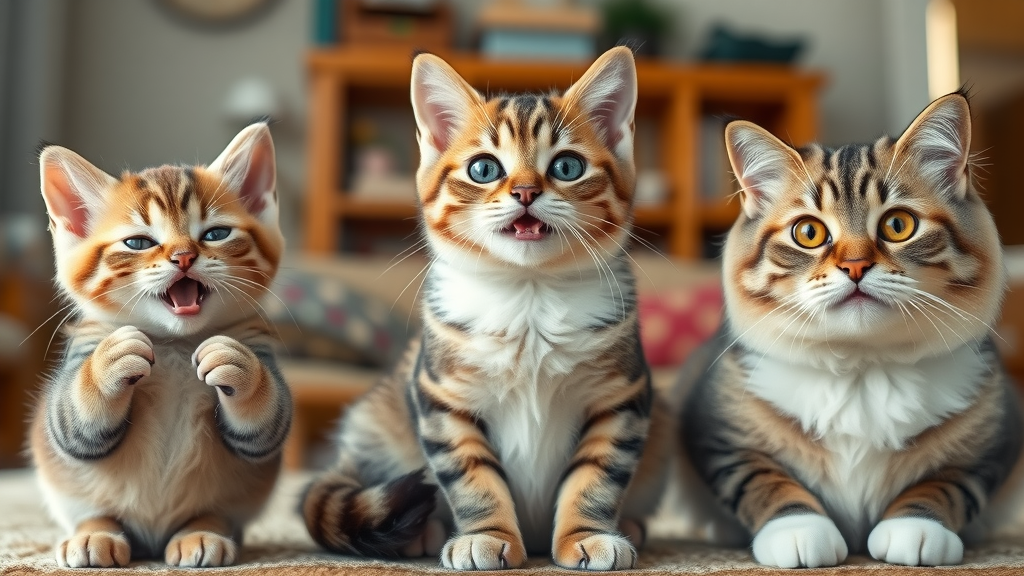
How to Use a Cat Years to Human Years Calculator
Using a cat years to human years calculator is simple and helps you make more accurate decisions for your cat’s care. Here’s how you can figure out your cat’s age in human years with minimal fuss:
- Find your cat's current age
- Refer to an accepted cat age chart
- Identify the corresponding human years
- Consider any health or environmental factors
Always remember, while charts are a great guide, every cat is unique! Genetics, lifestyle, and health history can all affect how fast your cat appears to age. Indoor cats, for example, often live longer, healthier lives than outdoor cats, thanks to fewer risks and better diets.
Factors Affecting How Old is My Cat in Human Years: More than Just Numbers
While cat age charts provide a quick estimate, there are many variables that shape how “old” your cat feels and acts in human years. Genetics , breed, health history, and daily routine all play a part. For example, indoor cats are generally protected from many common feline hazards like diseases and accidents, which boosts their longevity.
On the other hand, outdoor cats typically have a shorter average lifespan due to increased exposure to risks. Nutrition, regular veterinary care, and whether your cat is a “senior cat” or a playful young adult will impact their metabolic rate and care needs. Even two cats of the same real age may exhibit very different behaviors, depending on these influencing factors.
Understanding these factors means you’ll look beyond simply “how old is my cat in human years?”—you’ll see the whole picture of feline health, happiness, and quality of life.
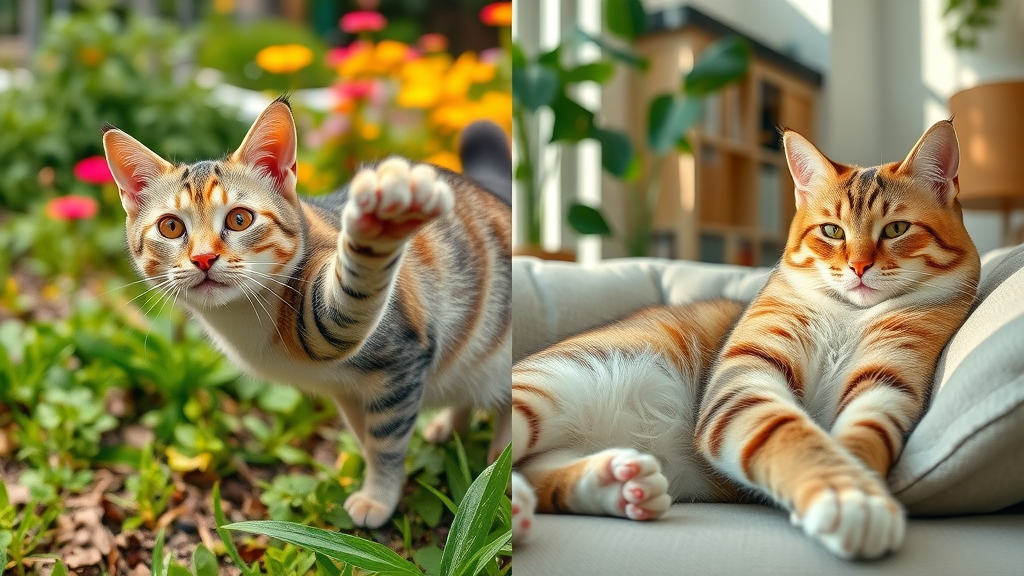
How Long Do Cats Live? Understanding Cat Life Expectancy
In general, indoor cats live significantly longer than outdoor cats, often reaching 15–20 years or more. Genetics, preventive health care, diet, and lifestyle collectively influence how old cats can get, and by extension, their “age in human years.”
For context, average lifespan for indoor cats is 12–18 years, with many surpassing this mark. Some outdoor cats may live only 7–10 years due to risks and limited medical care. However, it’s not unheard of for a beloved feline to stretch into their twenties—and sometimes, much further, as the record shows below.
"The oldest recorded cat lived to 38 years, equivalent to nearly 170 human years!" – International Cat Care
Signs of Aging in Cats: What Your Cat’s Age in Human Years Means for Their Health
As cats transition from adulthood into their senior years, certain signs signal it's time for extra care. Some of these changes reflect "old age" in humans—think slowing down, changes in weight, and new quirks in daily habits.
Common signs of aging in cats include:
- Reduced activity or playfulness
- Weight loss or gain
- Changes in grooming habits
- Dental problems
If you notice any of these in your senior cat , a checkup with your vet is a good idea. Catching age-related health issues early makes managing them easier, and lets you adjust nutrition, play, and comfort for your feline friend.
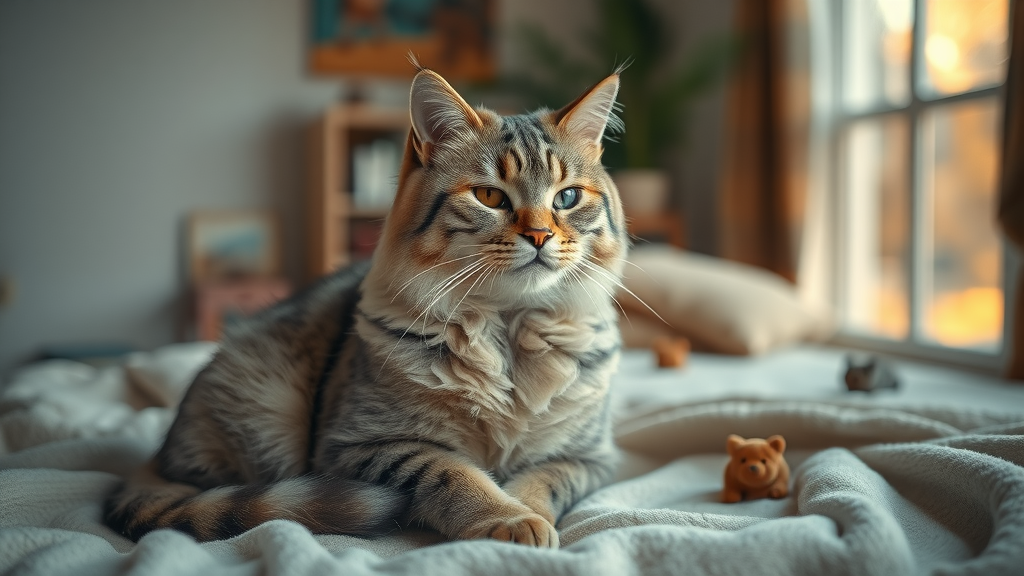
Care Considerations by Cat Year Stage: From Kitten to Senior Cat
Each cat year stage comes with its own set of care needs. Kittens need lots of interactive play and proper nutrition for growth; young adults thrive on exercise and balanced meals. Mature adults benefit from routine wellness checks, while seniors and geriatric cats need softer foods, more frequent vet visits, and special attention to mobility and dental care.
As your cat ages in human years , consider things like easy-access litter boxes, cozy bedding for achy joints, and mental stimulation with toys or gentle games. A senior cat especially benefits from a stable, quiet environment and close monitoring for subtle changes in behavior or appetite.
Working closely with your vet helps you update your cat’s care routine as their needs shift from youthful energy to dignified old age.
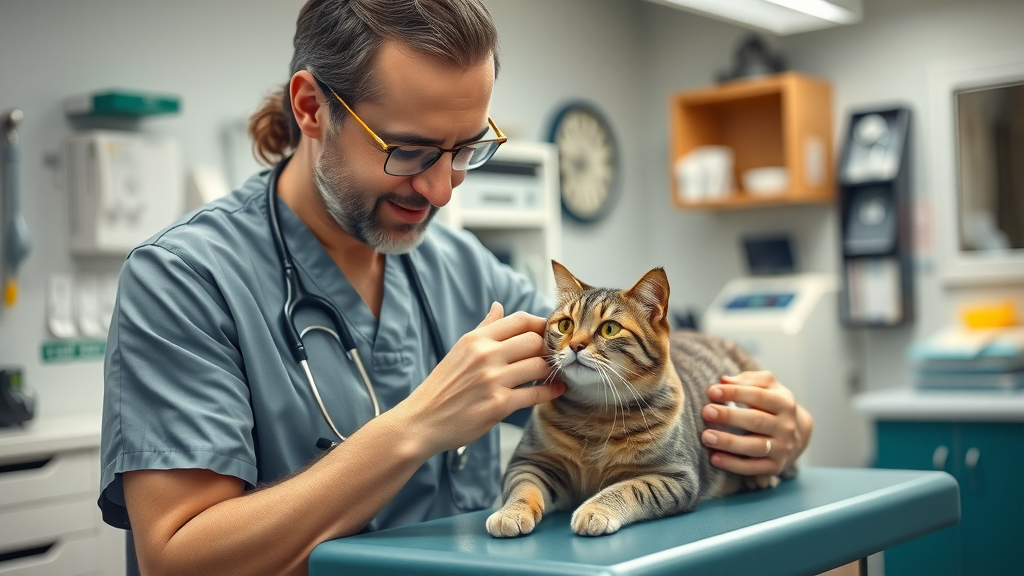
Video resources walk you through real-life examples using interactive cat age calculators , letting you see just how your cat’s years stack up against your own. Visual comparisons help reinforce why care needs shift as your cat matures, and how tracking their age in human years leads to better well-being.
People Also Ask: How do you calculate a cat's age?
You calculate a cat's age in human years by using an age chart or calculator. The first year of a cat’s life equals about 15 human years; the second year is about nine more. After that, each additional cat year is roughly four human years. These numbers offer a close approximation, but factors like health, breed, and environment can cause variations.
People Also Ask: How old is a 17 year old cat?
A 17-year-old cat is considered well into its senior years. According to most cat age charts , this translates to about 84 human years. At this stage, your cat's needs may closely resemble those of elderly humans—think gentle routines, regular medical checkups, and extra comfort around the home.
People Also Ask: How old is a 12 year old cat in human years?
A 12-year-old cat is typically about 64 years old in human years. This places them in the “senior” stage, where slower movement, some health issues, and the need for more frequent vet visits are expected. Adjustments to diet, exercise, and comfort make a big difference in quality of life during these years.
People Also Ask: What age is 20 in cat years?
If your cat is 20 years old, they are equivalent to approximately 96 human years. Very few cats reach this milestone, and those who do have usually enjoyed excellent care, genetics, and a safe environment. At this “oldest age range,” maintaining a close relationship with your vet is crucial for comfort and longevity.
FAQs on Cat Age in Human Years & Cat Year Calculators
-
Do mixed breeds age differently than purebred cats?
Yes, mixed breeds often have fewer inherited health issues and can sometimes live longer than certain purebreds, though each cat is individual. -
What impacts cat longevity?
Key factors are genetics, access to vet care, indoor vs. outdoor living, diet, and whether your cat keeps a healthy weight. -
How accurate are online cat age calculators?
Most are accurate for broad estimates, but always consider your vet’s advice and your cat’s health background for the best results.
For a visual look at how cat and human years compare at all stages, check out explainer videos. See kittens, adults, and senior cats side by side as their human year equivalents are clearly illustrated, making it easier to understand and care for your cat at every age.
Key Takeaways: Translating Cat Years to Human Years Empowers Smarter Care
- Cat years do not equal human years by a simple one-to-seven ratio
- Use accurate cat age charts and calculators
- Factor in life stage, activity, and genetics
- Regular veterinary care supports longevity
For Truly Caring Cat Owners: Discover Your Cat’s Age in Human Years Today
Take the next step—use a reliable cat age chart or calculator, and talk to your vet about what your cat’s age in human years means for their next adventure. Understanding your cat’s unique journey will help them thrive at every stage!
Understanding your cat’s age in human years is essential for providing appropriate care at each stage of their life. The common belief that one cat year equals seven human years is a myth. In reality, cats mature rapidly in their early years. By their first birthday, a cat is approximately 15 human years old, and by the second, about 24 human years. After this, each additional cat year equates to roughly four human years. ( purina.com )
For a detailed breakdown, refer to the following cat age chart:
| Cat Age (Years) | Human Age (Years) |
|---|---|
| 1 | 15 |
| 2 | 24 |
| 3 | 28 |
| 4 | 32 |
| 5 | 36 |
| 6 | 40 |
| 7 | 44 |
| 8 | 48 |
| 9 | 52 |
| 10 | 56 |
| 11 | 60 |
| 12 | 64 |
| 13 | 68 |
| 14 | 72 |
| 15 | 76 |
| 16 | 80 |
| 17 | 84 |
| 18 | 88 |
| 19 | 92 |
| 20 | 96 |
This chart helps you understand your cat’s life stage and anticipate their health and behavioral needs accordingly. ( petmd.com )
It’s important to note that factors such as breed, genetics, diet, and whether your cat is an indoor or outdoor pet can influence their lifespan. On average, indoor cats live between 16 to 18 years, with some reaching 20 years or more. ( purina.com )
By understanding your cat’s age in human years, you can provide tailored care that promotes their health and happiness throughout their life.
 Add Row
Add Row  Add
Add 


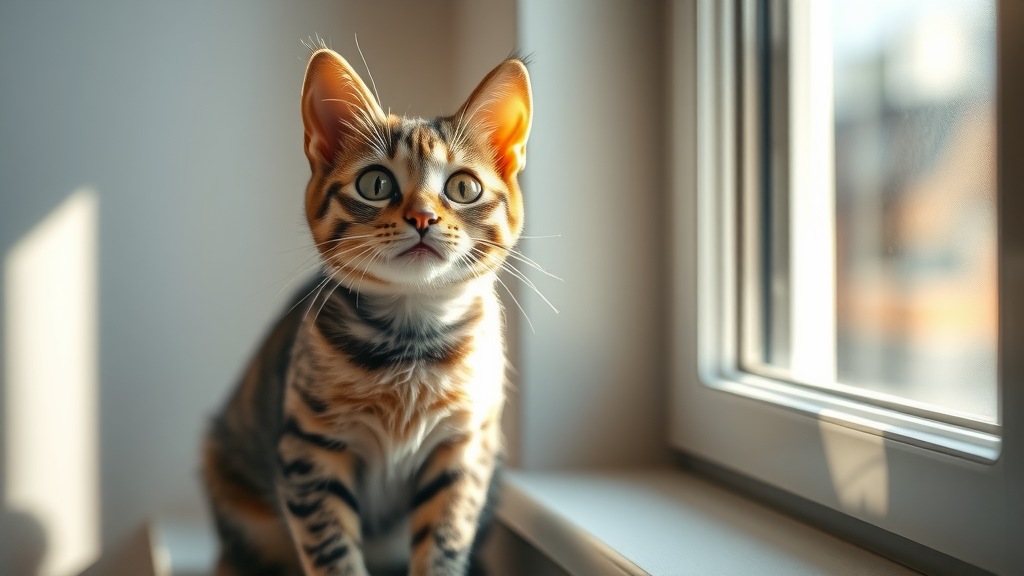
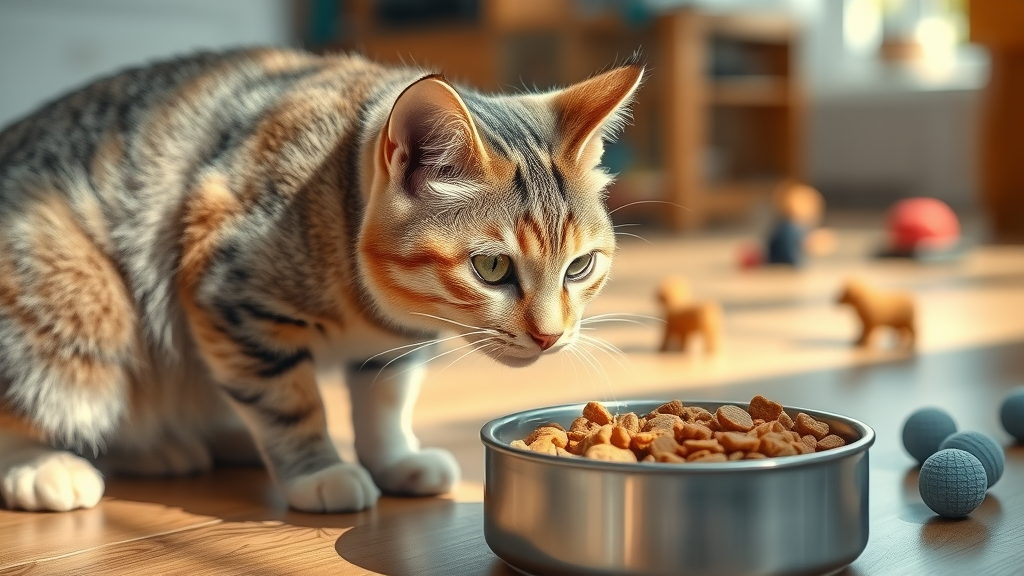
Write A Comment